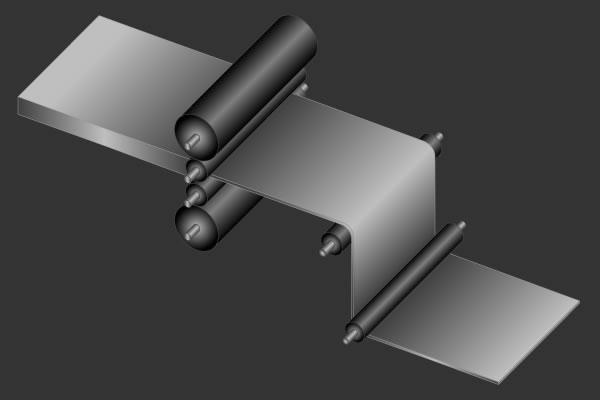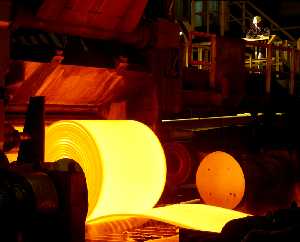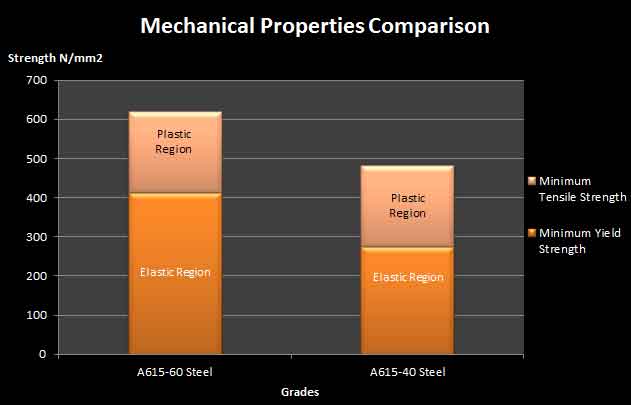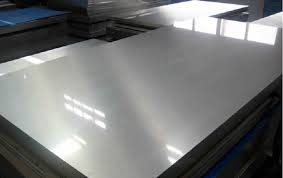Processing Structure Property Relationships in (TPE-E) Nano-composites
Thermoplastic co-polyester nano-composites are a relatively new class of materials that leverage the benefits of engineered plastics and the properties of elastomer. The primary objective of the research is two-fold, aiming to both develop improved thermoplastic co-polyester based on thermo co-polyester elastomer (TPE-E) nano-composite materials and to define the range of material properties to allow the material to be practically assessed for use in a broad range of biomedical device and other applications.
Co-polyester thermoplastic elastomer combine the chemical and material properties of chemically cross linked elastomer with engineered plastics, which are often much easier and affordable to manufacture. These materials consist of multiple domains, instead of the single domain found in polyesters, and are commonly referred to as “hard” and “soft” blocks. The “soft” block are responsible for the elastomer character of the material; whereas the “hard” block contains a fixed chain network responsible for the reversibility of the thermal network structure in such materials.
In order to be useful for biomedical applications, the most important material property is to withstand repeat sterilization processes that may involve gamma irradiation, high temperatures, electron beams, and ethylene oxide (EtO) treatments. In addition, a material must show excellent chemical resistance, toughness, clarity, and color stability in order to be effectively applied to biomedical applications. Achieving an effective biomedical nano-composite material that fits these stringent criteria may be accomplished by carefully examining the variables of certain thermoplastic co-polyester based on elastomer (TPE-E).
Many commercially viable applications of polyester and co-polyester elastomer are available, including notable products such as Hytrel® and Arnitel®. Hytrel® is sold by DuPont in a variety of grades that offer a range of properties and cost, including a full range of Shore D hardness ranges from 30D to 82D; various grades of heat stabilized, flame retardant and blow molded material; concentrates including black pigments, UV protection additives, hydrolysis resistant additives, heat stabilizers and flame retardants; various high grades of resistance to creep, fatigue, and flex impact. Additionally, the material can be processed using the same equipment many manufacturers already have in place for processing thermoplastic such as injection molding and extrusion.
Arnitel® TPE co-polyester elastomer are sold by DSM and are available in a range of hardness range from 25 to 75 Shore D based on three basic models: general purpose poly-etherester types, specialty polyetherester types, and polyetherester types with viscosities tailored to the processing techniques employed for the targeted applications. Both Hytrel® and Arnitel® demonstrate the commercial success and industrial applicability of such materials, as well as the need for increased and specific documentation of the variation of material properties in new materials, as material requirements are often highly specific based on the application of the part to be produced.
Using commercially available product lines as a model, aims to generate a new material with a broad range of documented property grades. To this end, a large range of TPE-E will be synthesized via melt compounding and reactive extrusion using organoclays as nanofiller. This method will allow for documentation of the processing conditions and hybrid composition morphology of the nano-composite materials treated in different methods in order to demonstrate the maximum range of material properties.
In order to achieve the maximum range of properties in the proposed material, the key variables to be manipulated in the proposed study are the organoclay nanofiller aspect ratio, the organoclay nano-filler surface modification, TPE-E hard/soft segment composition ratio, and additional processing parameters. Manipulation of these variables will allow assessment of the size of the intercalate molecule a functional groups governing the properties of the Nano-composite.







